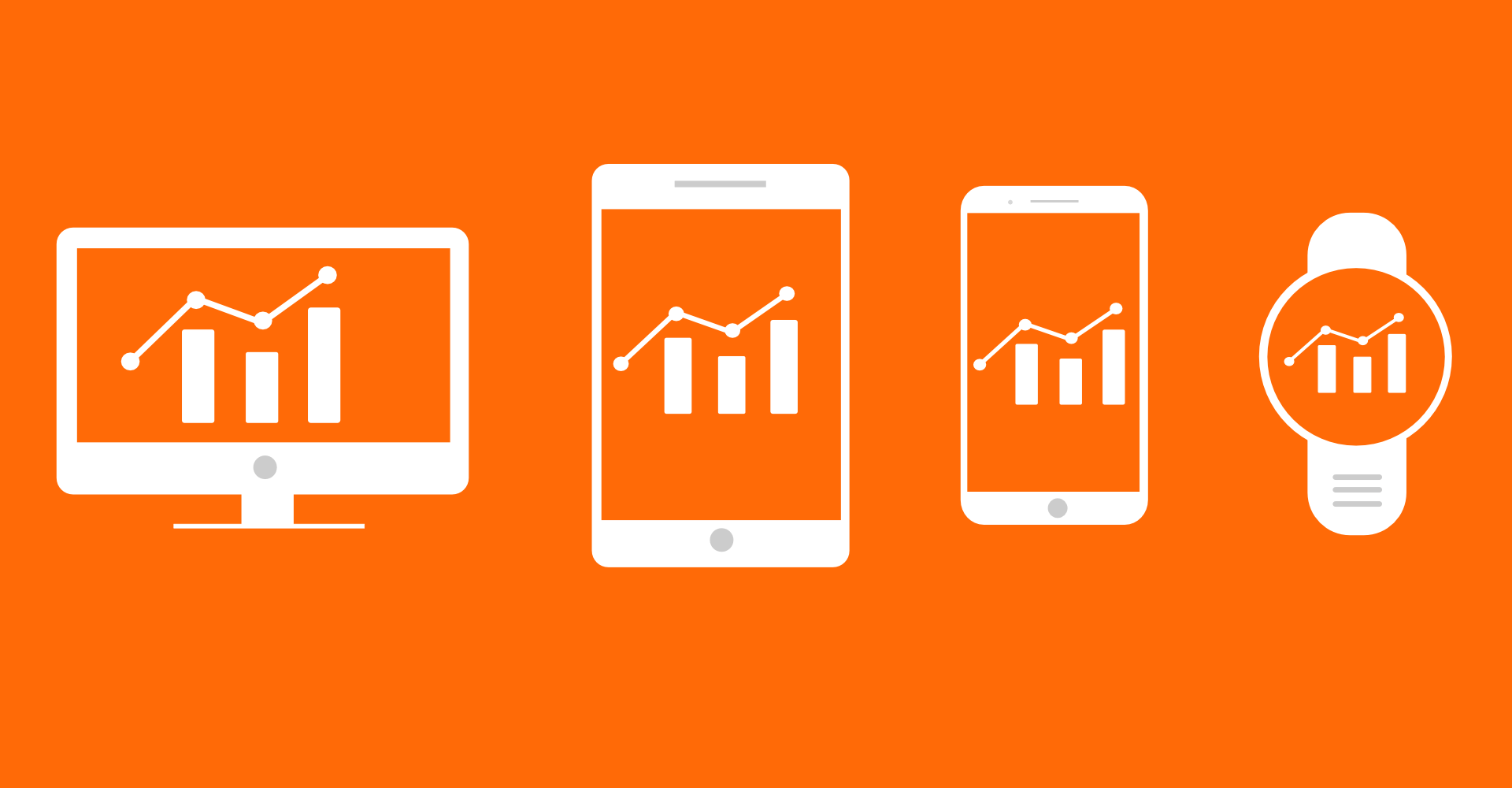What’s Covered In This Article
What is a Heatmap?
A heatmap shows where visitors have clicked on your page. How far they scroll down. And at their most advanced even track where your user’s eyes are going. This is displayed using a color-coded system to represent different values.
Often, this data is represented, through bright red and yellow visuals highlighting key areas of visitor interest. This data is powerful, as it gives greater insight into what your visitors like or dislike about your site.

Heatmaps Show Where People Are Clicking
Heatmaps provide a depth of insight that is often lacking in standard Google Analytics data. Bounce rate or average time spent on a page are useful tools, but these metrics don’t offer much insight into the reason why visitors behave the way they do.
Heatmap analytics offer specific insights on where visitors place their attention.
Heatmap analytics structure your thinking about your website’s goals in a very clear way. They illustrate that how you layout and layout your website plays a key role in converting consumers.
The places of greatest attention should have the most important content. For example, if consumers pay a lot of attention to the area just under the end of an article. It’s useful to place a call to action that focuses visitors on beginning the sales / conversion process.
If you know what part of a page received the most attention you can start your sales process there. Which is why having the right analytics is so key. Heatmaps highlight where consumers’ attention is most drawn to.

How To Use Heatmap Analytics
Using heatmap analytics successfully requires planning and asking important questions.
Determine Your Goals
Before running your heatmap analysis, it’s important to understand what the most important goal is for you to achieve.
Setting a clear goal for each page is key to figuring out what you want your website’s visitors to focus on. Some goals that are often chosen include:
- Email sign ups
- Add to cart buttons
- Product buy buttons
- Any other clear call-to-action (donate now buttons, registrations, share buttons etc.)

Install and Run Heatmaps
Setting up and running heatmap analytics is made easy with the many tools available to website managers. We’ve put together a list of our 3 favorite tools below.
While implementing heatmap analytics is slightly different depending on service provider, I recommend checking the tutorials and resources provided online through a simple Google search. Here is one from CrazyEgg:
https://youtu.be/VyUVNiiBXCU
Review the Data
Reviewing the data collected during the analytics is crucial for success. As with all kinds of analytics, the higher number of visitors you have, the richer the data will be.
If you receive only a small amount of traffic, I’d recommend running the analytics over the period of a few weeks, to ensure an accurate picture of results.
In my opinion, the major question of the analytics review boils down to:
Did the thing you wanted visitors paying attention to receive attention?
Adjust Your Approach
There can be many surprises when visitors focus on areas that are unexpected. Once you see the results of your analytics, you can then ask:
- What is the area of the webpage that receives the most attention? Could the key call-to-action be placed at the most popular location in the page?
- What is the most popular image or visual of the page? Could the key call-to-action use the most popular image on the page?
- Are there any distractions that pull visitors away from the core objective? Could you minimize distraction?
It’s necessary to act on the results of the data. Action involves updating your website in order to find the optimal combination of location on the page and visual impact of your goal(s).
The analysis of the data should be seen as an iterative process, where lessons about visitor behavior are constantly implemented into the site to help you achieve outcomes, which can be anything from sales to collecting email addresses.
The more often you run a heatmap analysis and implement the results, the closer you will likely move towards your goals.
Top 3 Recommended Heatmap Tools
- 30 Day Free Trial (credit card required)
- Plans: $29/month-$189/month
- Plans Include: A/B Testing, Heatmaps, Scroll maps, unlimited users, and unlimited domains.
- 30 Day Free Trial (no credit card required)
- Plans: Free-$589/month
- All business plans allow Unlimited users, unlimited reports, 365-day data storage and the ability to remove Hotjar branding.
- 30 Day Free Trial (no credit card required)
- Plans: $99/month – $479/month
- Offers: A/B Testing, Heatmaps, Scroll maps and session recordings





